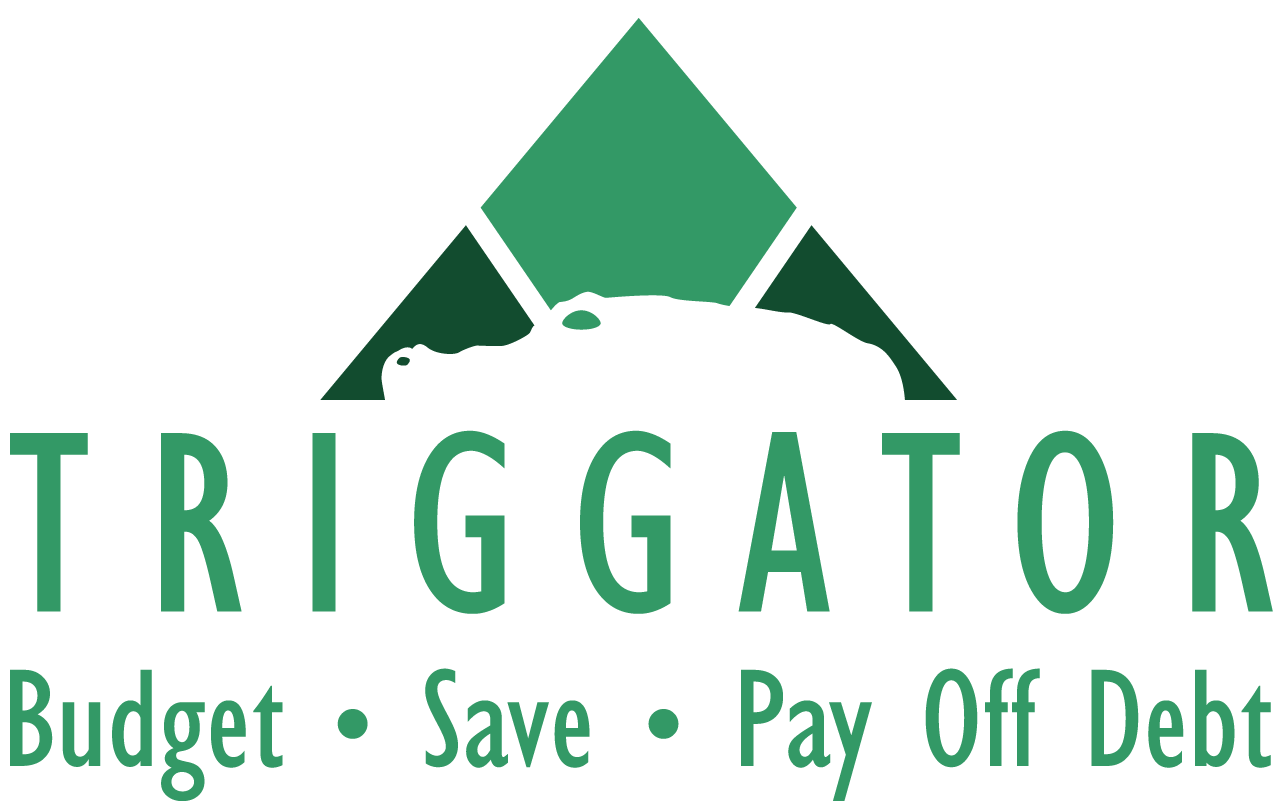So you’ve decided that now is the time to tackle your debt and you’re wondering about the best way to attack it. Would it be better to use the debt snowball method or the debt avalanche method? Maybe you’re not even sure what the difference is between the two.
We’re here to clear up the difference and decide which method is right for you.
More...
The Basic Difference Between Debt Snowball and Debt Avalanche
Both the “debt avalanche” and “debt snowball” are accelerated methods of paying off debt.
In either case, you make minimum payments on all your debts except one. You focus as much extra money as possible into paying off a single debt before moving onto the next debt.
When you start the second debt you “snowball” all the money from the first debt and put it toward the second debt (including the minimum payment you were already paying).
The key difference is the order that you pay off your debts.
With the debt avalanche, you start by paying off the debt with the highest interest first.
With the debt snowball, you start paying off the debt with the lowest balance first.
Example of Debts to Payoff
Here’s an example of some debt to payoff. We’ll use these debts to compare the avalanche and snowball methods. This example assumes they person paying will pay an extra $300 a month toward debt.

Pros and Cons of the Debt Avalanche
The debt avalanche focuses on paying off high interest debt first, which can save you money in the long run.
The problem can be your highest interest might also be your highest balance. If that’s the case, it might make it hard to stick with it because it could take a while to pay off this high interest debt. In fact, you might end up paying off the lower balances while you’re still trying to pay off the high interest debt.
Here’s how we’d tackle these debts using the debt avalanche method:

From our example above, the highest interest debt is Credit Card B. The balance is higher than Credit Card A, but you’d focus on paying B off first.
You’d pay off Credit Card A second, then focus on the Student Loan.
The balance of each debt may affect the order in which you pay them off, however, your extra payment would always go toward the highest interest debt.
Pros
• Pay off debt early
• Save the most interest
Cons
• Hard to stay motivated
• Might take a long time to pay off high interest debt
Pros and Cons of the Debt Snowball
The debt snowball is designed to keep you motivated by paying off the lowest balance first. This will give you a quick win and help you feel like you are making progress.
It’ll also quickly open up more money to snowball to the next debt.
The downside is, you might not get to the higher interest debts for a while, so you could end up paying more money than the debt avalanche.
In either case, you will save a lot in interest because you’re paying off your debt early.

As you see in this example, you’ll steadily move through paying off the debts.
Pros
• Pay off debt early
• Stay motivated as smaller debts get paid off faster
• Save money in interest
Cons
• Pay more in interest than using the avalanche method
• Might take slightly longer than the avalanche depending on your debts (compare using Triggator's budget app)
Comparing our two scenarios, you can see the results of either method are very similar.
The debt avalanche had a slight advantage in this case by paying off one month sooner and saving about $464 more in interest.
We ran this comparison in Triggator using the Debt Payoff Accelerator tool.
Choose Your Debt Payoff Method With Triggator
Triggator is an online budget app that focuses on helping you pay off debt early.
Your budget will be set up as a spending plan for each of your paychecks. You can enter your debts and choose if you want to use the debt snowball or debt avalanche payoff methods

You can even calculate your payoff using both methods to forecast your payoff plan to help you make the decision.

Triggator will then add your payoff plan to your budget. Each time your debt is due, it’ll tell you which debt to apply your extra payment to.
Another fun number to see in Triggator is how much you will save in payments.

You see, since you paid off your debt early you’ve now freed up all the money you were using to make payments. It’s like getting a big raise!
In this example, you paid off debt almost 4 years early, so now you get to keep the $1,237 payment you had been making.
Awesome, right!
Paying off debt early can be a challenge, but it’s worth doing. It frees you from the stress of payments and lets you reclaim your money to spend in more productive ways for your family.
Use Triggator to track your progress and keep you motivated on your journey to become debt free.
Show Your Money Who's Boss
Enjoy life more. Worry about money less.

